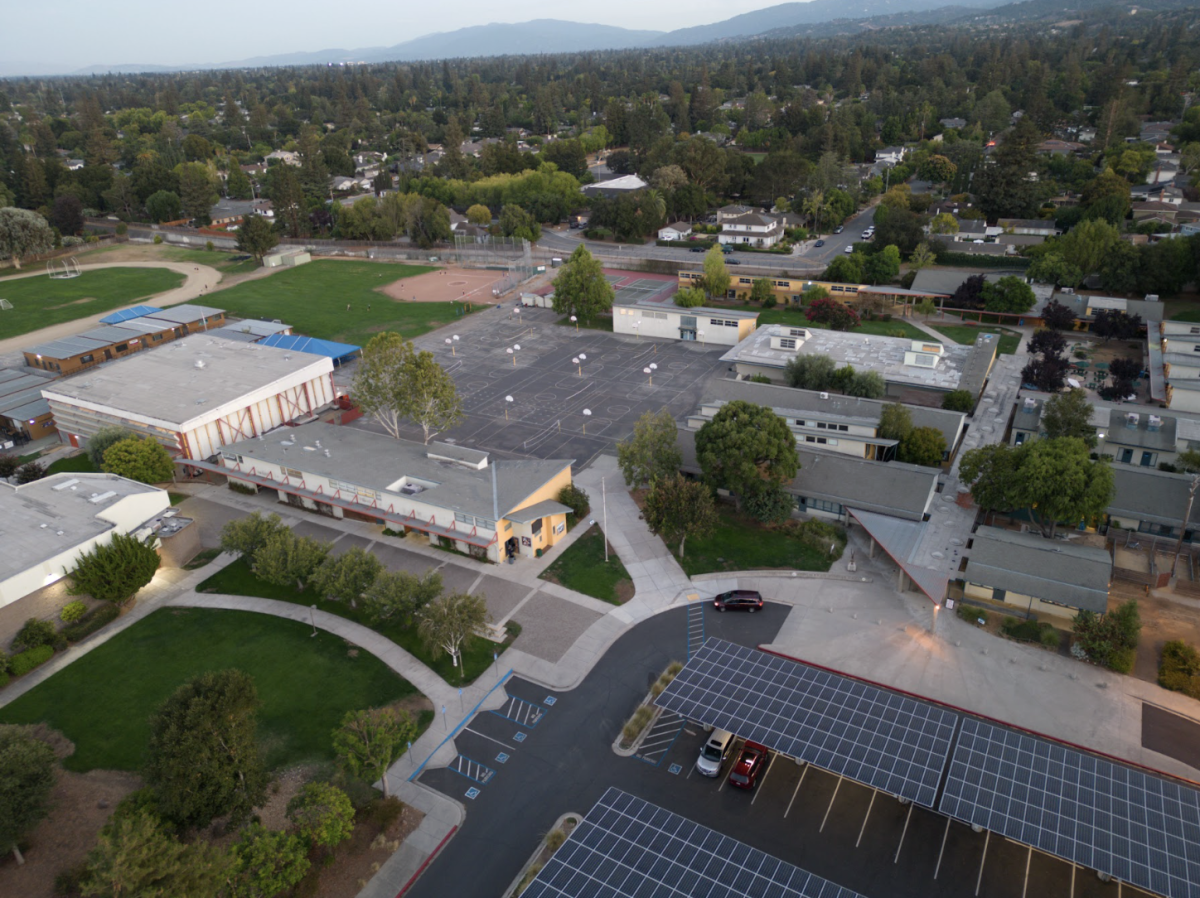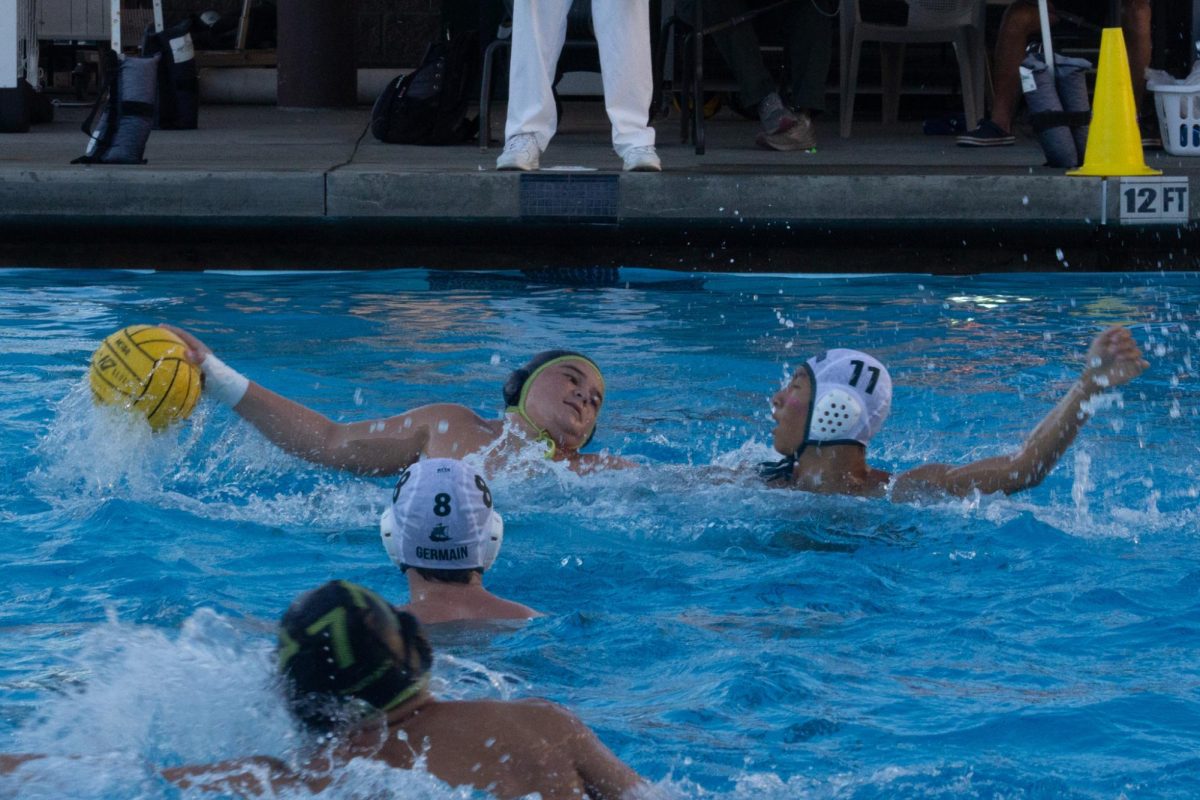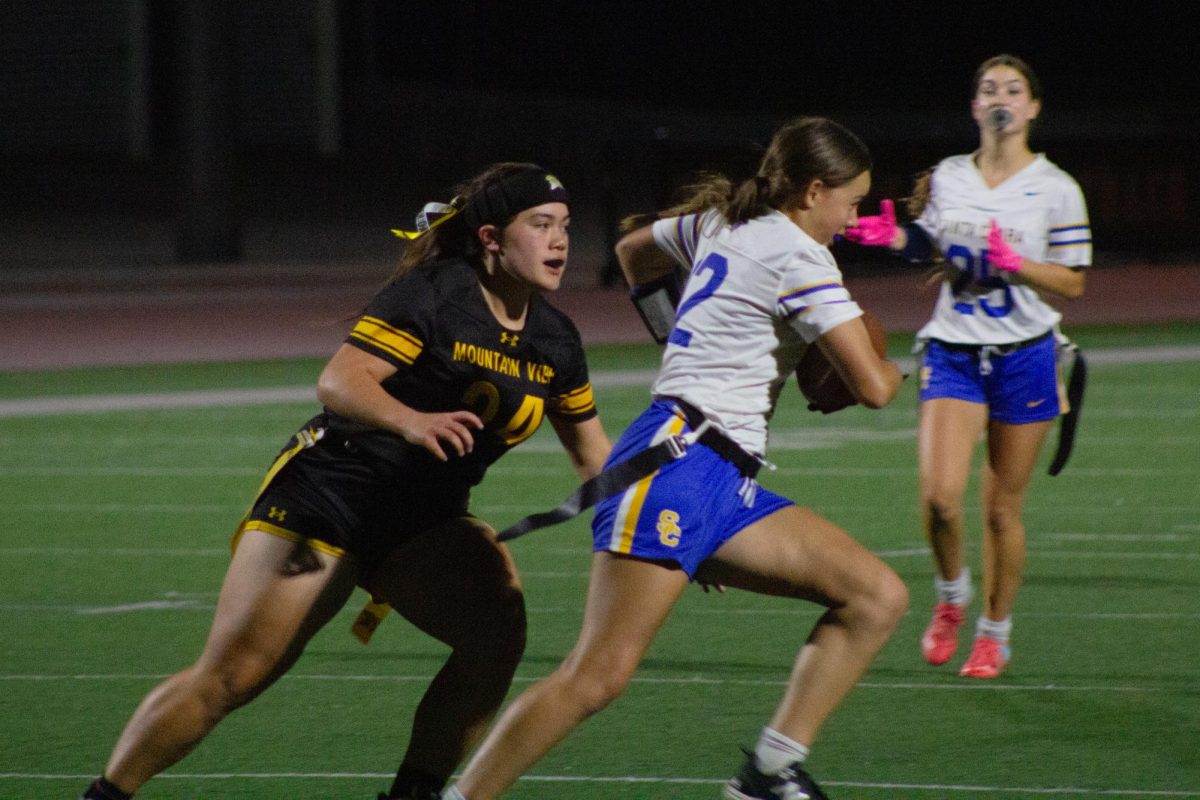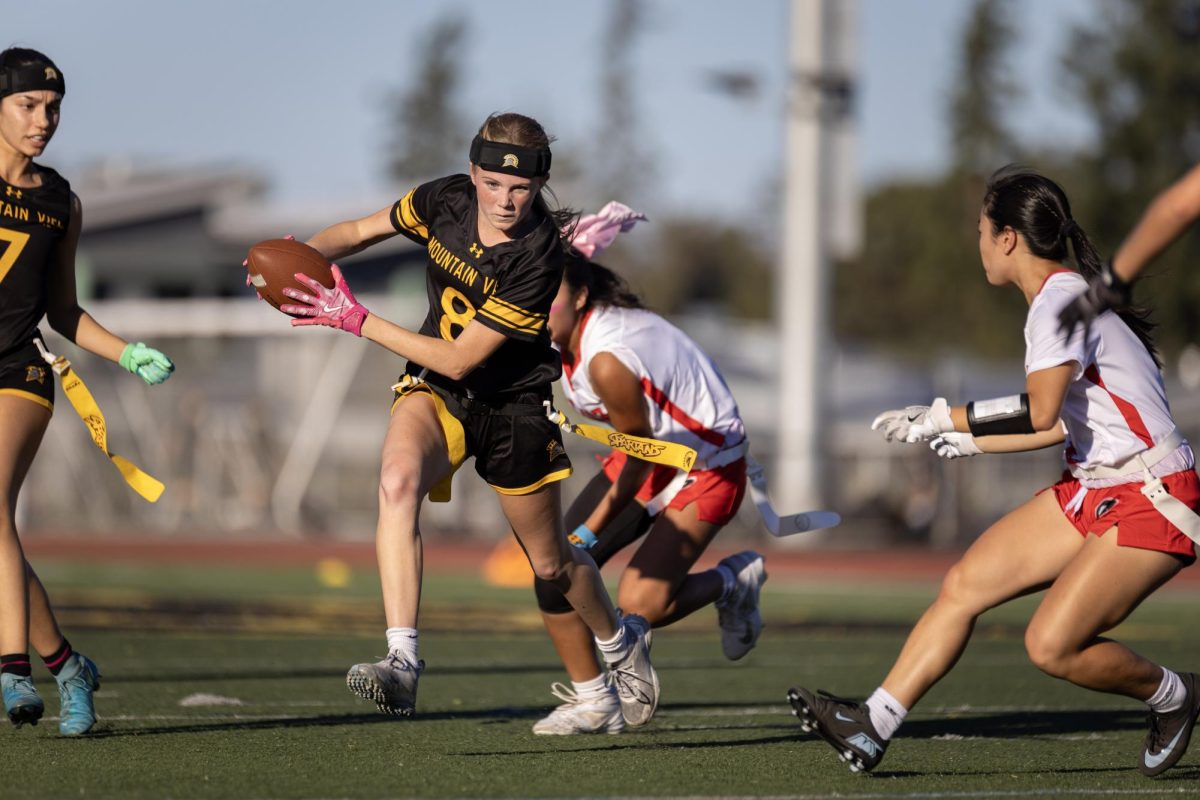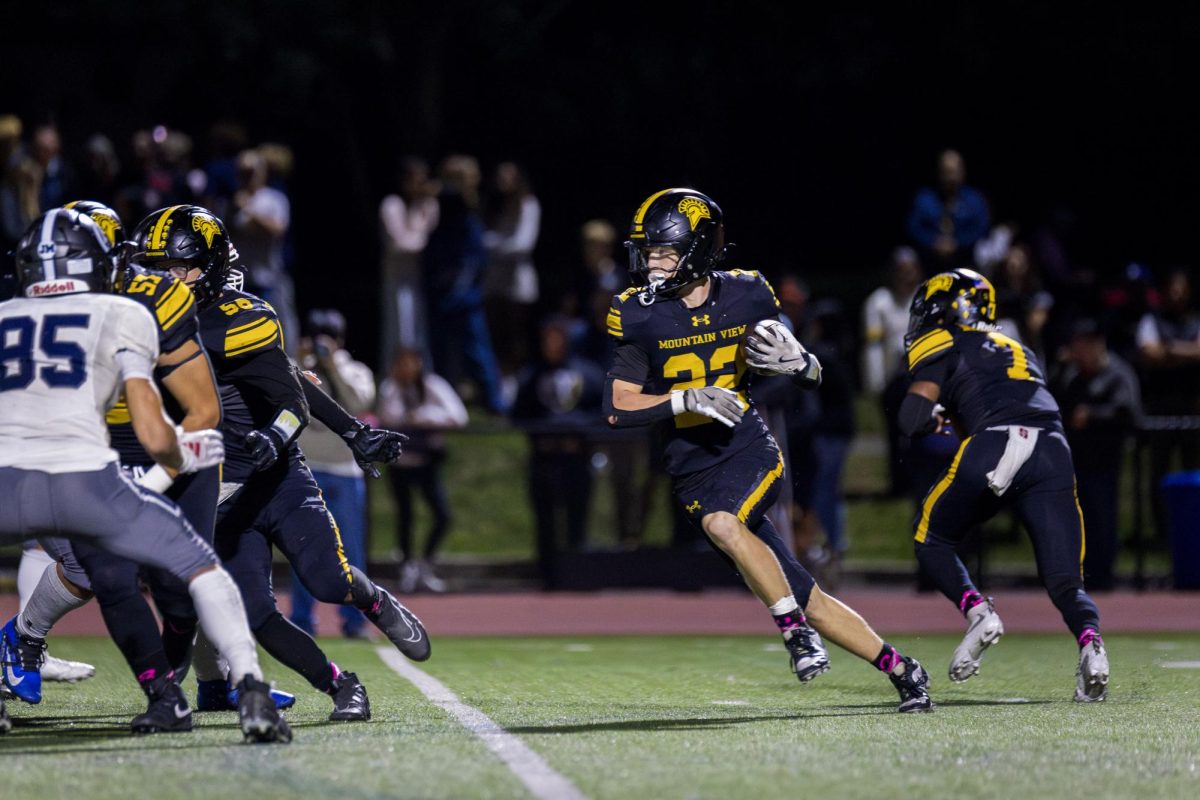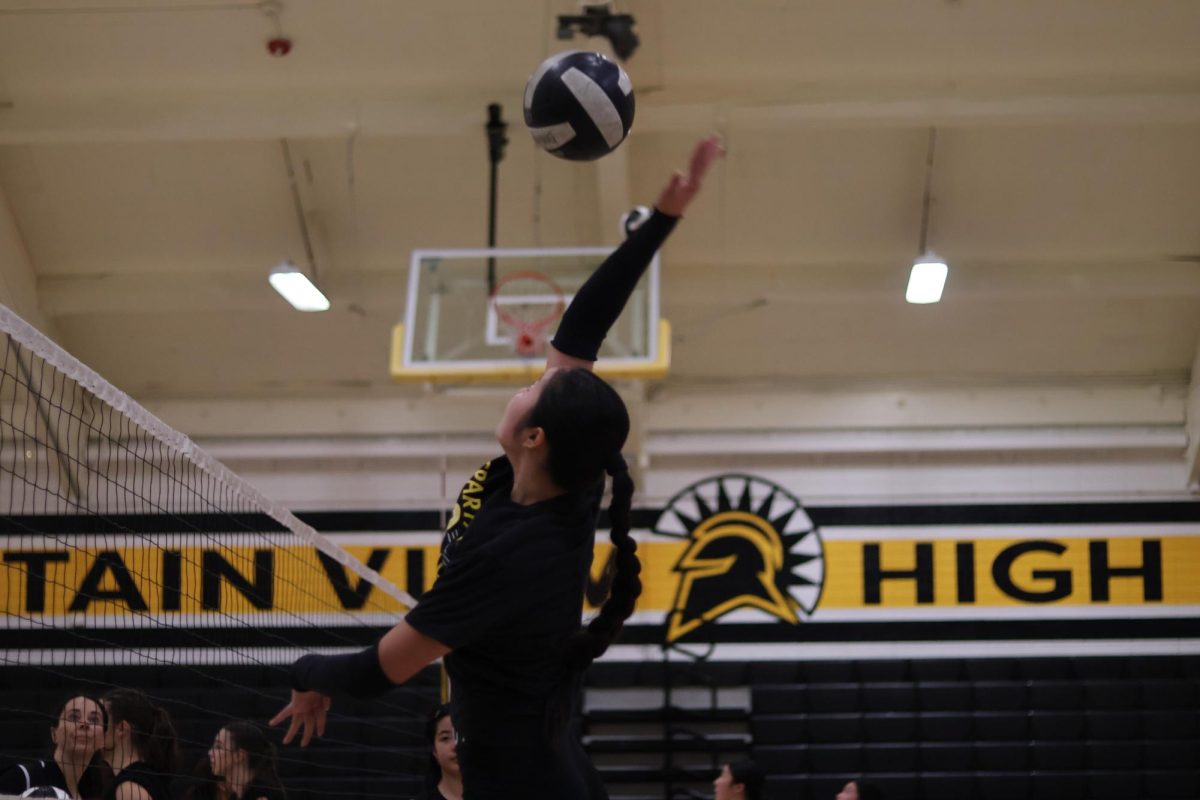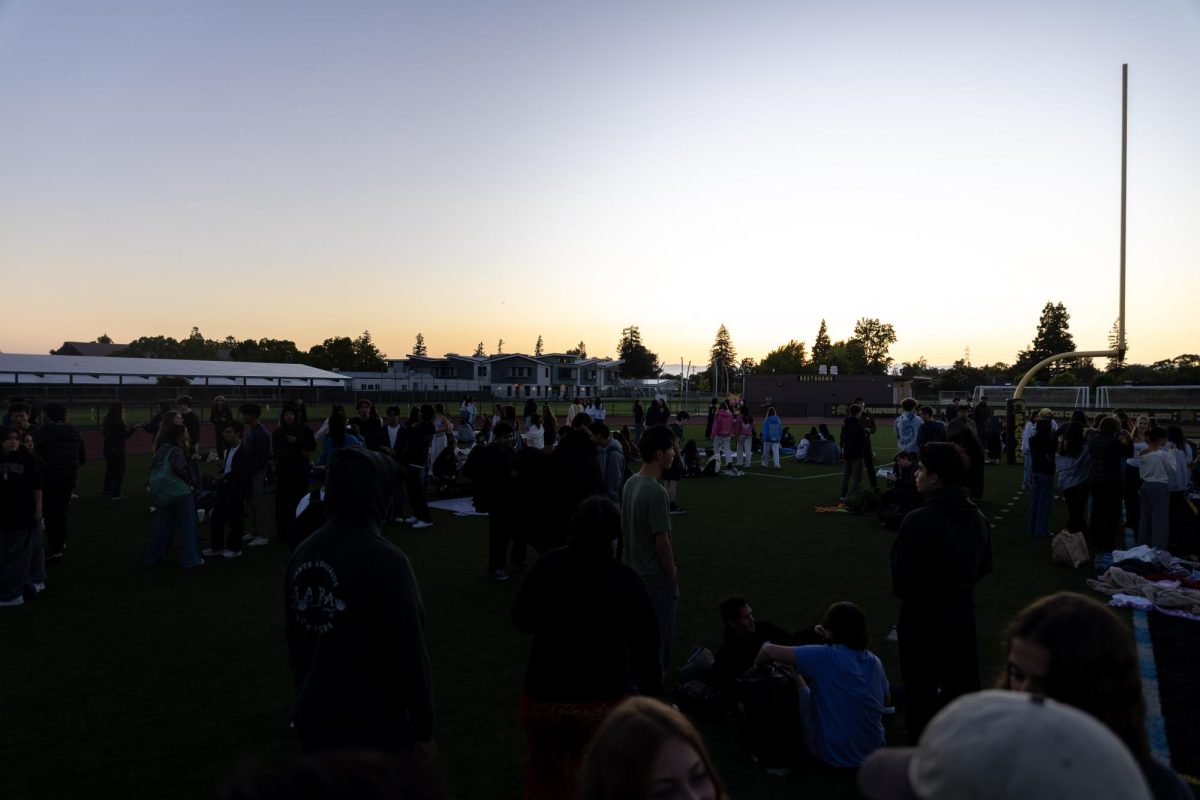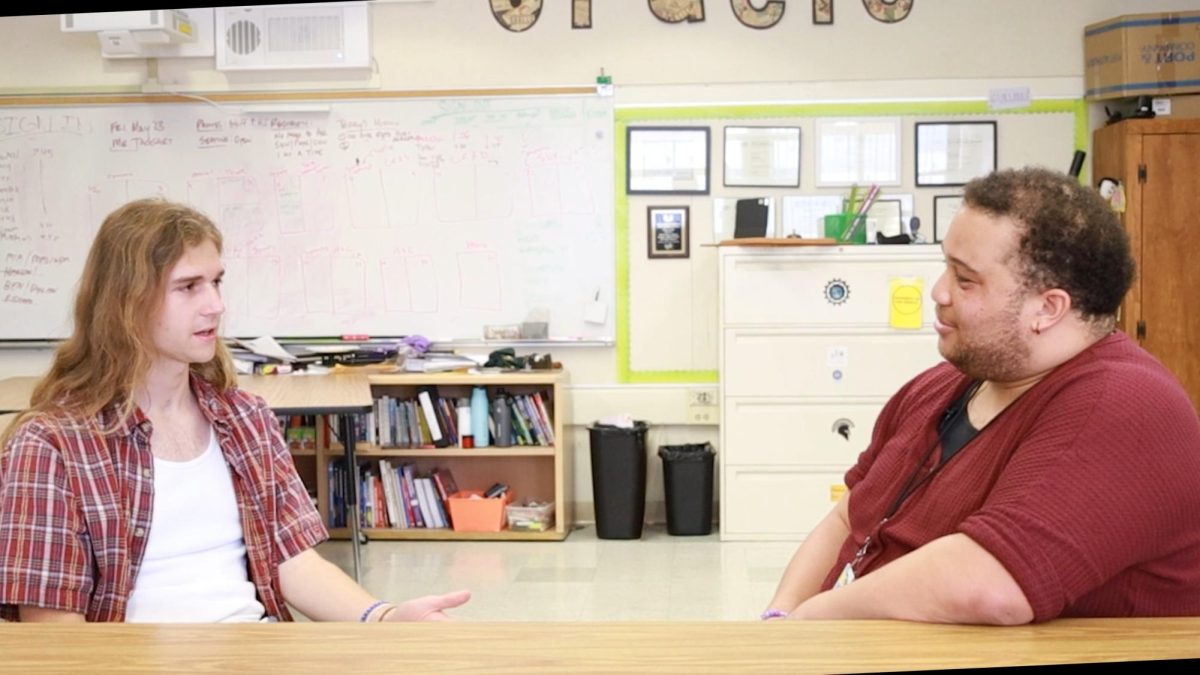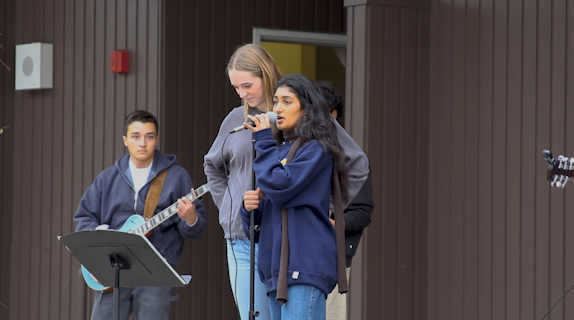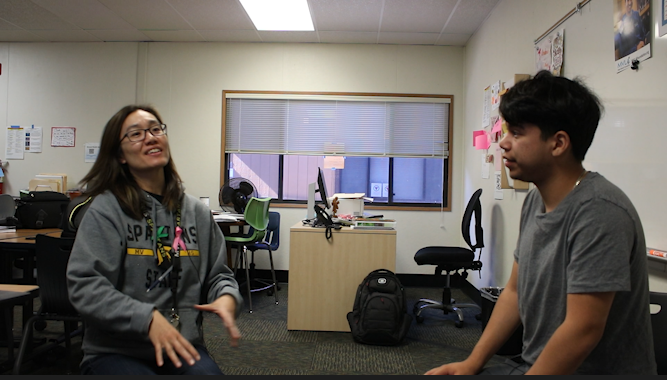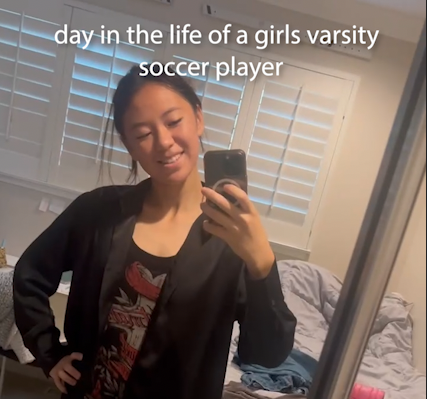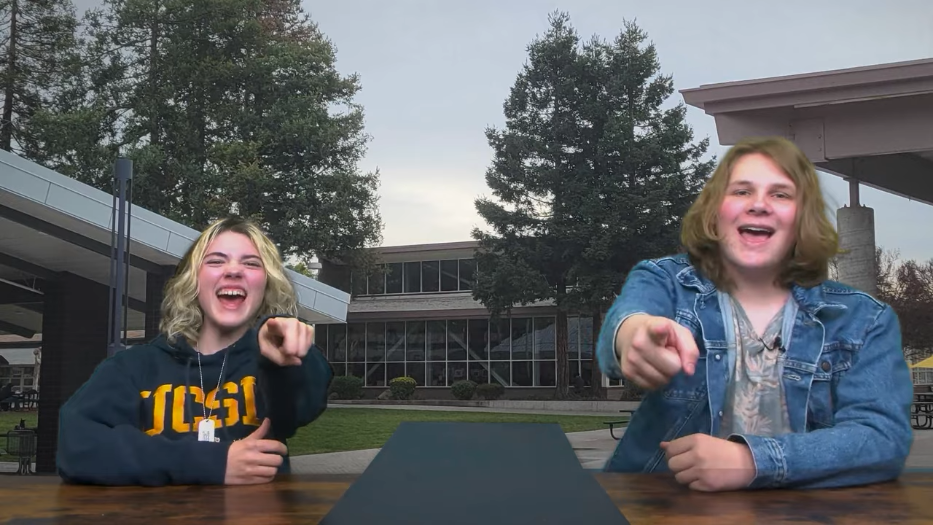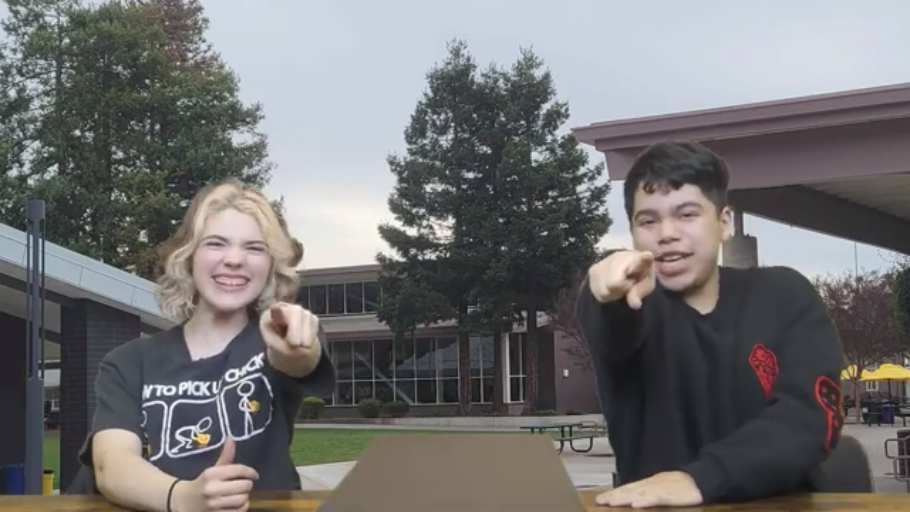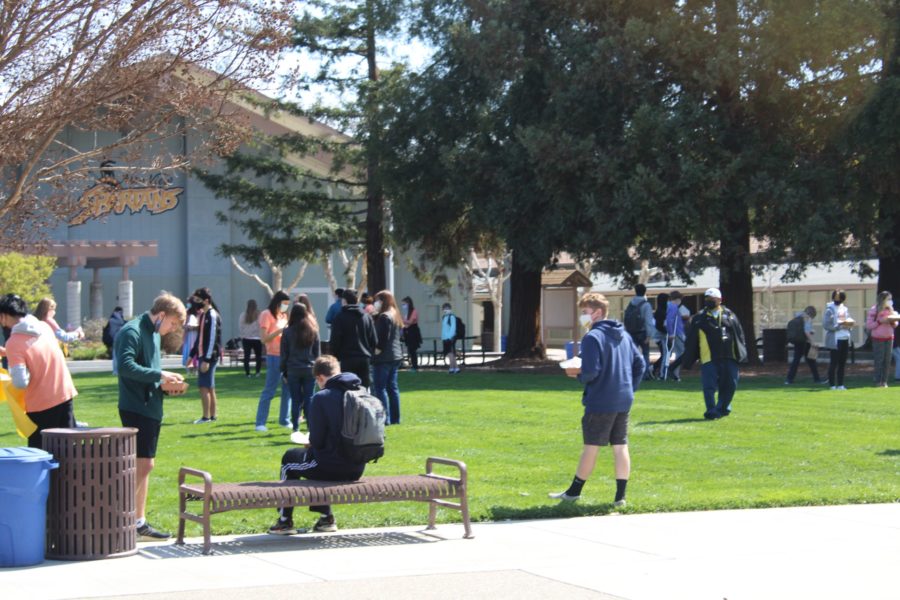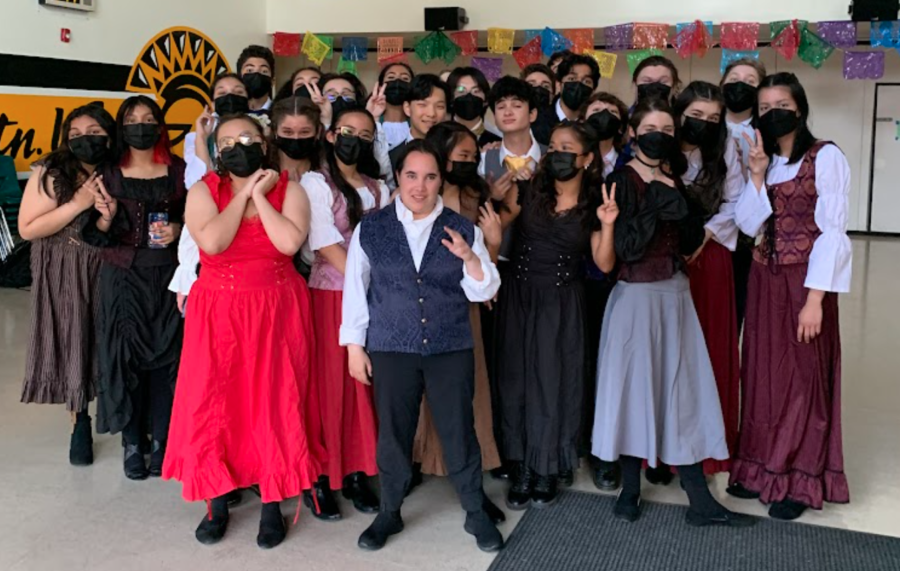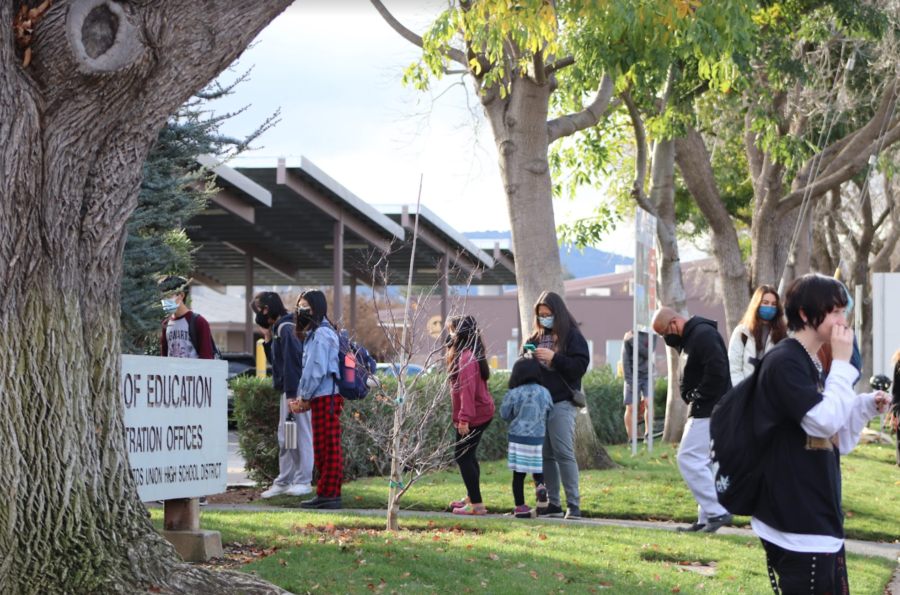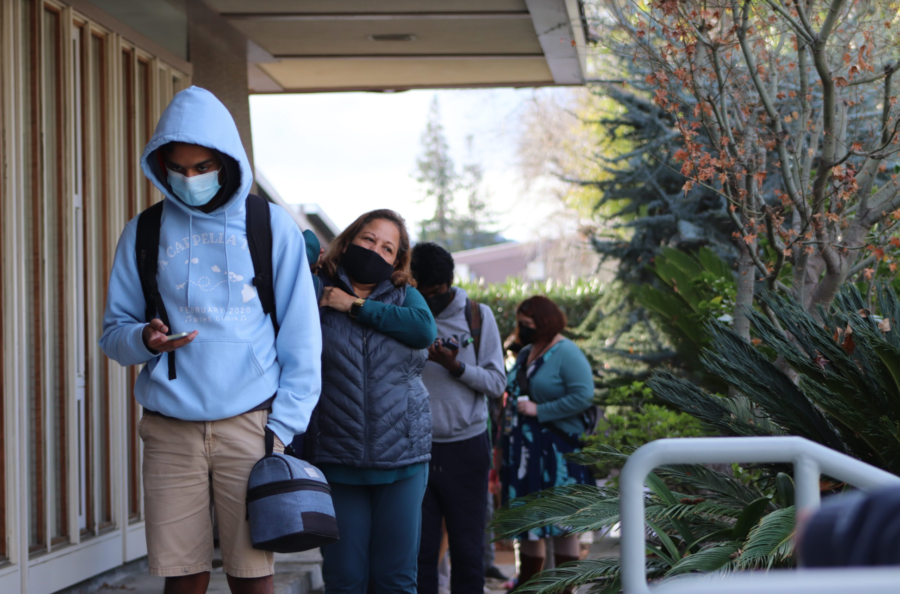With the rollout of the vaccine and the county-wide entry into a less severe tier, the MVLA school district has implemented a five-phase return plan which is expected to end with a fully in-person return in the fall.
In Phase 2, over 300 students across the MVLA schools participated in cohorts. These cohorts mainly served students who were prioritized because of needed access to special needs and English language education. The cohorts have also started to expand, now including extra-curricular activities such as Robotics and Spartan Dance.
Stable Group Phase:
Currently, the district is in the third phase of stable groups. Given Santa Clara county’s red tier categorization, the MVLA schools are able to have over 600 students on campus.
The deadline for signing up for stable groups was March 4. In the stable groups plan, students would be grouped by classes and necessary support. The students would participate in their Zoom classes in physical classrooms while being supervised by substitutes. Teachers would continue to teach remotely.
Some of the noted benefits of the stable groups included the upkeep of a routine, better supported social interaction, support from their focused study groups, and more engaging learning.
“The focus is to provide them a learning environment where they’re connected, they have a supervisor to make sure they are engaged in their classes,” Teri Faught, an associative superintendent, said.
Students who participate in the optional stable groups would also be able to socialize using social distancing with masks during breaks throughout the day as well as continue with the same schedule as to when working from home. Up until spring break, students will attend in-person school once a week depending on grade level.
Hybrid Learning Phase:
Starting the week after spring break, teachers will return to teaching in the classroom. Students would be split up into Groups A and B and will rotate between being in-person for half of the classes before or after lunch and at home for the other half. The teachers would be on campus and would present to students at home and on Zoom simultaneously.
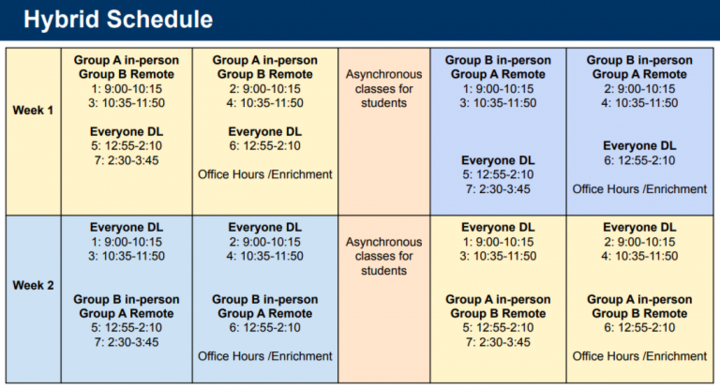
Hybrid learning would be beneficial because, “the kids’ mental, emotional, and social health has declined. We want to make sure kids get out of the house, and are able to be with their peers,” said Tami Kittle, a health, physical education, and AVID teacher.
Faught echoed the positives of hybrid learning, saying some students signed up because of the ability to socialize during breaks, the change of scenery, the motivation that comes from routine and extra structure, and the stable WiFi.
Kittle said, however, that some of her students are concerned about going back for family reasons. “I have two students that are worried that if they go to school, and then come back and give their parents COVID, their parents will lose their job or not be able to work. That job puts food on the table and if they are not able to work, they won’t be able to eat.”
Students will have the option not to go back to school if they prefer to continue learning in the distance learning format. Faught said that those students, “will not be forgotten.”

